Piedirosso
After His Majesty aglianico, the oiedirosso - "per'e palumm" to the locals, that is, "dove foot", due to the reddish colour of the stalk - is the most representative native red berry grape of Campania. Described by Pliny, the variety is widespread throughout the region and in general expresses a wine with a ruby colour that is not too intense, with floral scents of violets and spicy, earthy and animal scents with some evolution. With a slightly rustic, a little rough and tannic palate, it certainly has less structure and longevity than an aglianico, but more roundness when young. For this reason, it is found in blends with aglianico in many traditional Campanian reds, from the Caserta area to Campi Flegrei, from Vesuvius to Cilento, to the islands and inland areas of Taburno and Irpinia. It thrives on volcanic terroirs expressing itself with excellent minerality, but also excels on calcareous-clayey soils, coming out more velvety and structured. Locally, as in the Sorrento Peninsula, it gives life to the sparkling red wines of the popular tradition.
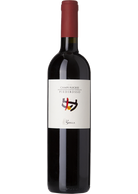
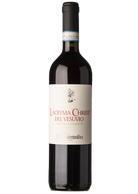
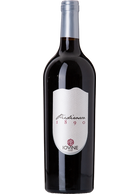
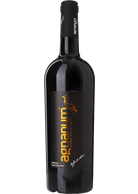
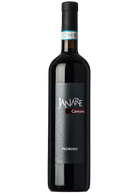
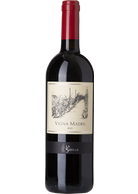
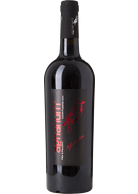
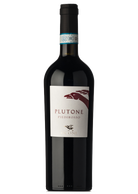
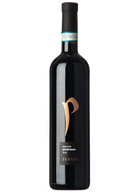
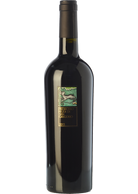

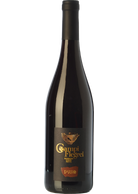

Piedirosso
After His Majesty aglianico, the oiedirosso - "per'e palumm" to the locals, that is, "dove foot", due to the reddish colour of the stalk - is the most representative native red berry grape of Campania. Described by Pliny, the variety is widespread throughout the region and in general expresses a wine with a ruby colour that is not too intense, with floral scents of violets and spicy, earthy and animal scents with some evolution. With a slightly rustic, a little rough and tannic palate, it certainly has less structure and longevity than an aglianico, but more roundness when young. For this reason, it is found in blends with aglianico in many traditional Campanian reds, from the Caserta area to Campi Flegrei, from Vesuvius to Cilento, to the islands and inland areas of Taburno and Irpinia. It thrives on volcanic terroirs expressing itself with excellent minerality, but also excels on calcareous-clayey soils, coming out more velvety and structured. Locally, as in the Sorrento Peninsula, it gives life to the sparkling red wines of the popular tradition.